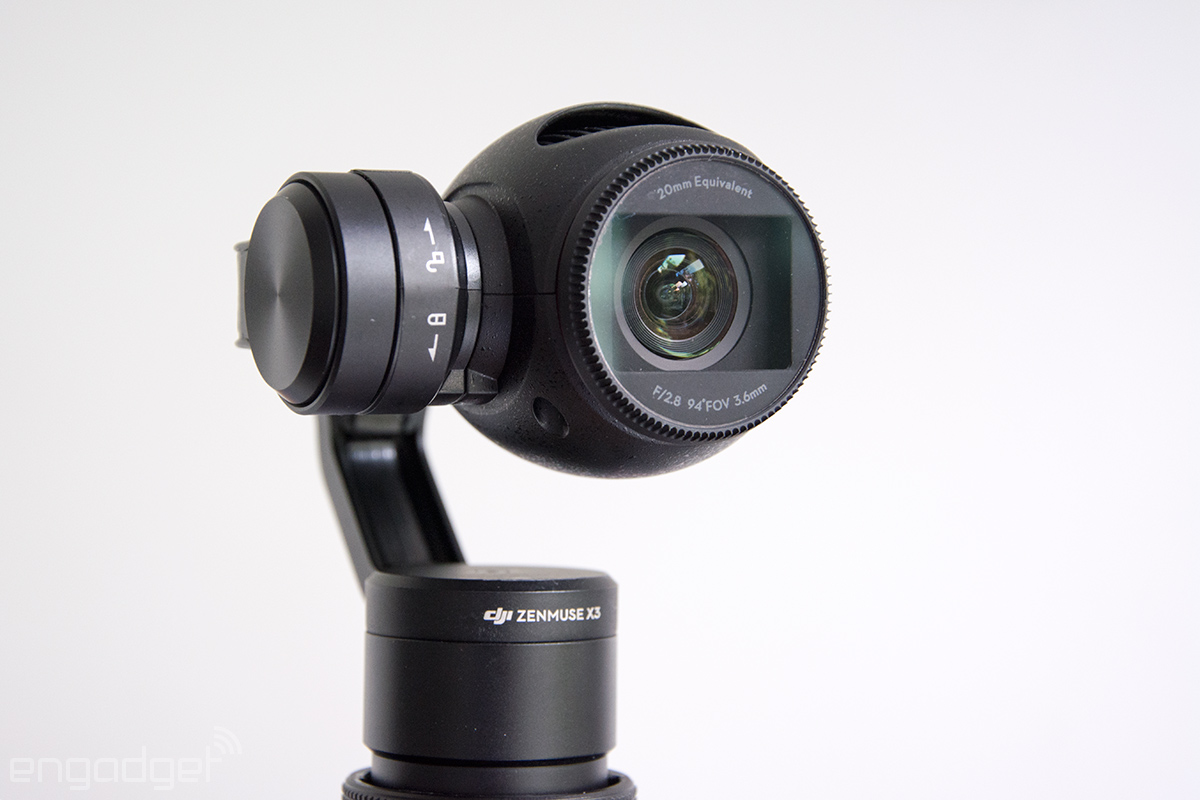
#OSMOS CAMERA PRICE PLUS#
The biggest device I managed to slide in there was the 6-inch Oppo R7 Plus, which comes in at 158mm tall and 82mm wide, so the equally tall, but narrower iPhone 6s Plus will fit just fine, although it may be a struggle if it's in a thick case. All three contact points, as well as the parts touching the back of the phone, are padded with soft plastic, so there's no need to worry about the clamp scratching your phone. It clamps onto your smartphone by way of two corners on one side and the middle of the other side. The detachable, metallic phone holder hangs onto the left side of the handle via a screw thread mount. Much like the Inspire 1, the Osmo is also compatible with the higher-end Zenmuse X5 and X5R gimbals for some Micro Four Thirds action, but you will need to buy an adapter for them. According to DJI, the main difference between the two is that the one on the Osmo has a mechanical structure that's optimized for hand-held use, including the way it flattens for storage, the orientation of its tilt motor and other small changes inside the camera and gimbal. While the default gimbal-camera module on the Osmo and the Inspire 1 share the same name, there's a catch: You can't use Osmo's module on the drone it only works the other way around. In my case, DJI supplied a 16GB Panasonic microSDHC UHS Speed Class 3 card with our review unit, and it's worked well for me so far.īy subscribing, you are agreeing to Engadget's Terms and Privacy Policy. Obviously, the faster the write speed, the better. The gimbal is also where you insert your microSD card, which needs to be of at least Class 10 or UHS-1. As with the drone version, you get a 20mm f/2.8 lens with a 94-degree field of view.
#OSMOS CAMERA PRICE 1080P#
If you want a smoother video, you can go up to 60fps at either 1080p or 720p, or even do slow motion with 120fps at 1080p. This fan-cooled gimbal-camera is powered by Sony's 1/2.3-inch 12-megapixel sensor that can record videos of up to 4K resolution - 4,096 x 2,160 at 24fps or 3,840 x 2,160 at 30fps/24fps, to be exact - with a maximum video bitrate of 60 Mbps. The package also includes a lens cap plus a wrist strap for safety measures, as well as a cute little carrying case that may fool your friends into thinking you have a tiny ukulele inside.įor those who are already flying an Inspire 1, its Zenmuse X3 module needs no introduction. In total this weighs about 538 grams (1.19 pounds) according to my scale, which is still quite manageable when you add a smartphone to it, but you can get this down to 422 grams (0.93 pound) if you remove the phone holder. The Osmo consists of four parts: a Zenmuse X3 three-axis gimbal with a camera, an ergonomic handle with all the control buttons, a 10.8Wh battery and a phone clamp. Let's see if this fancy package is worthy of its $649 price. But it isn't just about the hardware, because like the company's drones, the Osmo also has a full-featured companion app for greater versatility.

This device features a 4K camera module similar to the one on the company's flagship drone, the Inspire 1, and it can house your smartphone as a viewfinder on the side. This leaves us with DJI's latest creation, the Osmo, which we first saw back in January. The first one is the Aetho's Aeon, which takes a GoPro and has its own display, but it won't arrive until early next year. In terms of full-featured gimbals, we have only two compelling options so far. So unless you've tried one and are certain that it works well with your phone, your best bet is to go with a dedicated camera gimbal. There are also gimbals that use smartphones as the camera, but I've yet to come across one with raving reviews the current options appear to be more of a nuisance due to their awkward calibration and erratic stabilization.

For instance, they often lack a handset mount for those who need a live screen. Amazon has plenty of these coming from random Chinese brands, but most are either poorly designed, or only a partial solution to your problem.
#OSMOS CAMERA PRICE PORTABLE#
Thanks to the rise of small action cameras, camera stabilizers (aka gimbals) are becoming more portable than ever.


 0 kommentar(er)
0 kommentar(er)
